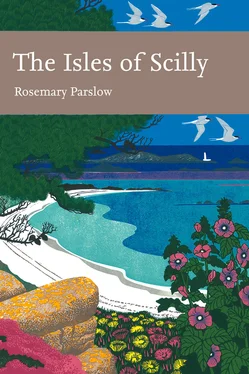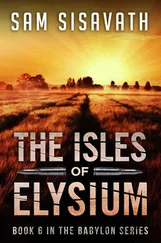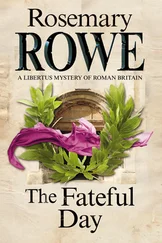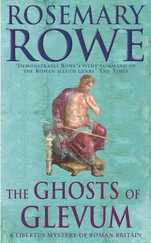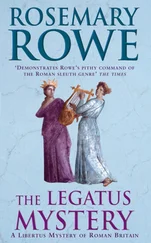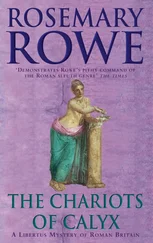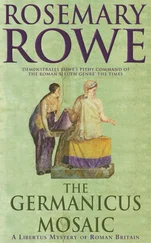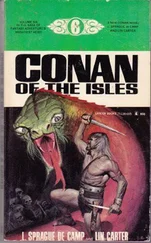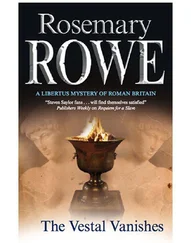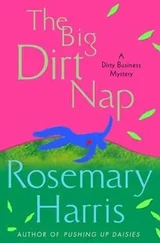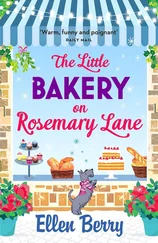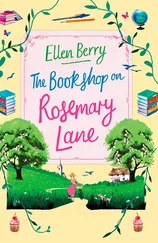It was not until about 2000 BC that the first settlements may have started on Scilly (Ashbee, 1974; Thomas, 1985). The evidence from pollen deposits, and from sources such as middens and other archaeological deposits, shows changes in the palaeoenvironment after the clearing of the forest, resulting in more open landscapes with grass and heathland species (Ratcliffe & Straker, 1996). These clearances coincided with the early settlement of Scilly, when it is presumed the woodland was cleared for timber and firewood, as well as to open up areas for cultivation. The growing of cereals (and possibly other plants that produce edible seeds) and the use of the plough must have happened quite early after the arrival of the first settlers. The excavation of the Iron Age site at Bar Point graphically illustrates the agricultural practice at that time (Evans, 1984), with evidence of stone banks to produce individual fields – not apparently for keeping stock in, but to demarcate ownerships. Cultivation marks left by the rip-ard (a primitive plough) and mattock as well as burnt charcoal from gorse were found, and also hoof prints of domestic animals – horses, cattle, and sheep or goats. Pollen analysis indicated open land without trees or shrubs (although a small amount of oak, alder and hazel pollen was found in one location), and the presence of cereal pollen points to cereal cultivation. Ribwort plantain was ‘in consistent but low abundance’, which suggests cultivation and grazed land. The evidence for deforestation is based on the association of ribwort plantain with pasture and cultivation and its intolerance of competition with woody plants (Godwin, 1975).
Once the islands had been successfully settled one presumes a period of stability and expansion of the human population followed. This is when the great changes in the landscape, the vegetation and animal life in Scilly would have really begun. As the woodland was cleared, perhaps leaving only small areas, more and more land would have been broken up and cultivated to meet the demands of the increasing human population. Farm stock would have been grazed on the open land, cliffs, dune grasslands, coastlands or around the marshy areas. Bell heather Erica cinerea , ling Calluna vulgaris , reed Phragmites australis and bracken would have been cut for bedding and thatching. Beaches would have been scoured to search for edible seaweed, molluscs and fish. Widespread cultivation and grazing became prominent during the second millennium BC, with many evidences of farming in the pollen and charcoal plant remains, querns for grinding grain, bones of farm animals and so on
FIG 13.The remains of an Iron Age and Romano-British settlement are still visible on Halangy Down, St Mary’s. March 2006. (Rosemary Parslow)
(S. Butcher, in litt .). Also the field walls, settlements and lynchets across some fields indicate the impact on the landscape. Cultivation of the islands must have continued over many centuries, as is demonstrated near the Romano-British settlement at Halangy Down (Fig. 13), where Charles Thomas and Peter Fowler found traces of earlier fields with ones on a different alignment underneath.
There are numerous field walls that are now only seen at low water spring tides in the sea off Samson, Teän and some other islands (Fig. 14). These all point to there having been much more land available for grazing or cultivation before it was lost to the sea with sea-level rise. Their presence also suggests that not all the low-lying land was marsh; but only reasonably accessible land would have been divided into fields.
FIG 14.At low tide the lines of ancient field walls are visible in the sand flats off Samson. June 2002. (Rosemary Parslow)
Early cereal crops on Scilly included six-rowed (and possibly two-rowed) barley Hordeum vulgare in both the hulled and naked varieties, which have been identified from several archaeological sites. Other crops that have been recorded are emmer wheat Triticum dicoccum , Celtic bean Vicia faba var. minor and oats Avena sp. The origins of domestication have been identified in the area of the Near East some 9,000-10,000 years ago, and barley and other crop species must have gradually made their way to Europe with the early inhabitants and through trade (Smith, 1995).
There is evidence of arable cultivation in the Isles of Scilly at least as far back as the Bronze Age. On Samson archaeologists found a cache that consisted of a cleaned crop of naked barley, probably six-rowed barley, confirming this was grown in the Early Bronze Age. Six-rowed barley (and possibly also two-rowed barley) was clearly an important crop in Bronze and Iron Age Scilly both in the hulled and naked forms – although most of what has been found is the naked variety. Hulled barley has been found at Middle and Late Bronze Age sites. Barley has also been identified from post-medieval deposits at Steval Point, St Mary’s. Emmer wheat and Celtic bean were found with both kinds of barley at sites at Porth Cressa, St Mary’s, and Porth Killier, St Agnes. At Halangy Down, besides the older lynchets beneath those of the Romano-British settlement, a pot was found nearby with impressions of grain in the clay. One intriguing find was of a large number of seeds in the post-occupation layers of a hut at West Porth: these were dated to Late Bronze Age/Early Iron Age and are of great interest as they were of common arable weeds (Ratcliffe & Straker, 1996). Unfortunately there are very few records or remains of plants to give more than a hint of the wild flora of arable fields.
Arable weeds identified from Bronze Age sites in Scilly include vetches, knotgrass Polygonum sp., chickweed Stellaria sp., black bindweed Fallopia convulvulus , small nettle Urtica urens , corn spurrey Spergula arvensis and red goosefoot Chenopodium rubrum . A curious occurrence was ploughman’s spikenard Inula conyza , a plant more usually growing on calcareous soils. It is possible that some plant seeds (for example corn spurrey and knotgrass) were eaten in a kind of porridge. Certainly weed seeds continued to be found from archaeological sites after the Bronze Age, as did emmer and barley. Unfortunately there is not a great deal of evidence of Iron Age cultivation. Only two sites are recorded, Shipman Head, Bryher, and Halangy Porth, St Mary’s (Ratcliffe & Straker, 1996).
There is little information on arable plants from the Late Roman and Early Medieval periods, although there are unspecific barley and oat records from the seventh/eighth-century layer and wheat and barley from the tenth to thirteenth centuries. Weed seeds, most of which could be arable weeds, were also recorded. Some of the plants that are still found in Scilly are believed to have been early introductions as contaminants of seeds or goods brought in from the Continent, even from as far away as the Mediterranean.
There are shell middens in many places on the Isles of Scilly, refuse heaps that in some cases date back to the Bronze Age. They contain bones and other rubbish thrown out by the inhabitants, especially common limpet Patella vulgata shells. There seems to be a correlation between the size of the limpet shells and the living conditions of the people at that time: the smaller the shell apparently the tougher life had become for the people, as the shells were being harvested before they had reached full size. It is reported that they are very chewy and uninteresting, but presumably they were at least an easily accessible food and protein source. However, the University of Bristol Expedition in 1978 declared limpets were delicious in a risotto!
Читать дальше
